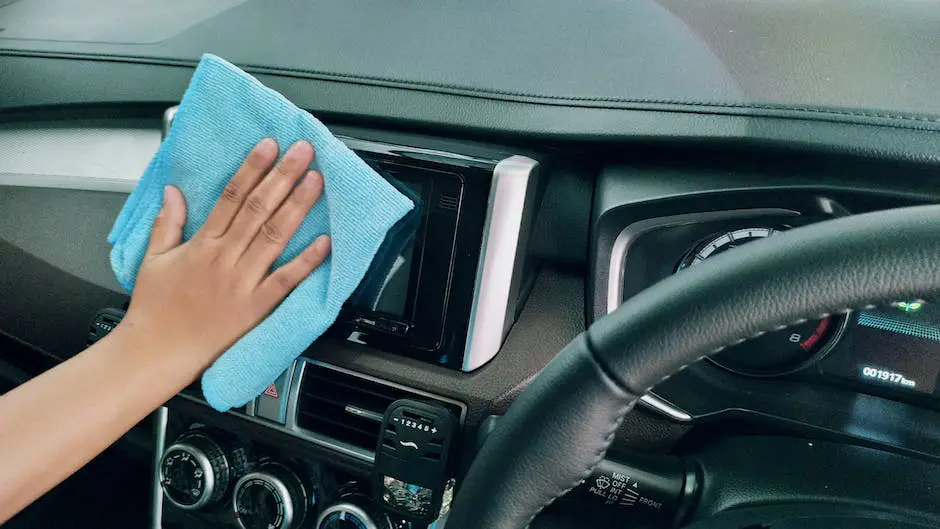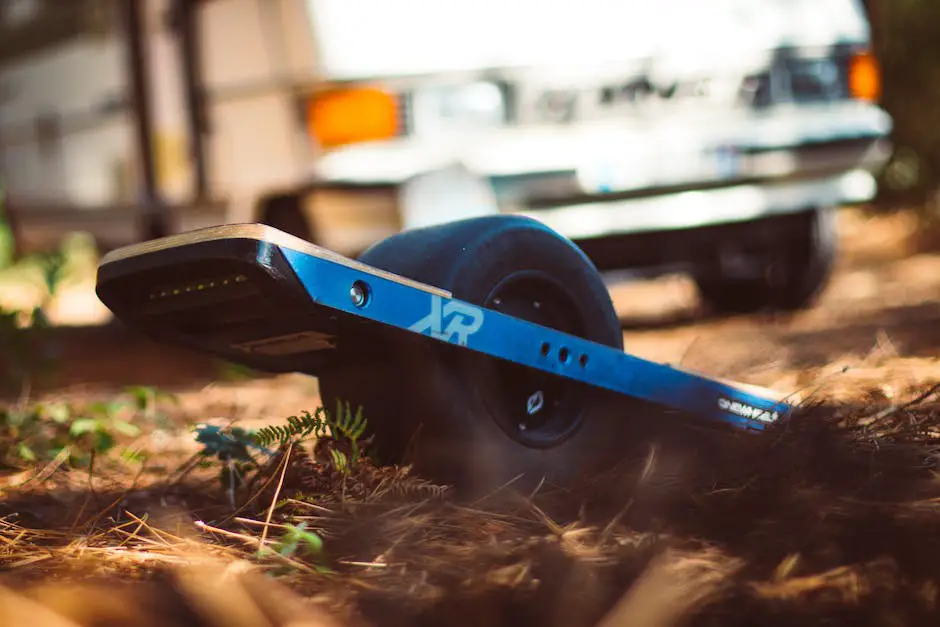For the thrill-seeker in all of us, there’s something quite exhilarating about cruising the streets on an electric skateboard. Whether you’re an experienced rider or a novice, understanding the nuances of electric skateboard operation and maintenance is essential for a safe and enjoyable ride. In this detailed guide, we’ll dive into the mechanics behind the motor, wheels, deck, and battery of your electric skateboard. Get ready as we outline regular maintenance checks, safety-gear tips, and techniques for speed control and handling varying terrains that could greatly improve your skateboarding skills. Embark on this empowering journey to become skilled at mastering your electric skateboard.
Understanding Electric Skateboard Mechanics
The Intriguing Mechanics of Electric Skateboards Unveiled!
Electric skateboards, the perfect blend of technology and thrills, have been gaining popularity in recent years. The marriage of the cool, classic skateboard with a tech makeover, has resulted in an exhilarating ride that offers more speed, stability, and control. But as you aware, the magic of the ride lies in the board’s mechanics and under the hood. So, let’s delve into the fundamental mechanics of an electric skateboard.
First and foremost, let’s talk about the power-source of the ride: the Motor. Electric skateboards usually come equipped with either a Hub Motor or a Belt Drive Motor. The Hub Motors are built directly into the wheels, providing a sleek look without sacrificing power, while Belt Drive Motors sit off the wheel and use a belt connected to a pulley to drive the board, offering more torque for steep hills but requiring a bit more maintenance.
Now let’s turn our attention to the beating heart of any electric skateboard, the Electronic Speed Controller (ESC). This acts as the command center, taking input from the remote control and telling the motors how fast or slow to rotate, thereby controlling the board’s speed. It also regulates brake engagement, affecting the skateboard’s stopping power.
Next in line are the Batteries, the power bank if you may. They supply the energy required to propel the board forward. These are usually lithium-ion batteries due to their high-energy, lightweight, and long lifespan characteristics. The battery life determines how far and how fast the skateboard can ride on a single charge.
Since we are discussing powering up, let’s shine some light on the Throttle mechanism. Hand-held wireless remote controls are usually furnished with electric skateboards; they dictate the board’s speed and braking. You rev up the throttle to accelerate and squeeze it to apply the brakes.
Lastly, let’s not forget the Wheels. These circular marvels can dramatically impact the skateboard’s ride. Larger wheels offer more top speed and smoother rides over rough surfaces, while smaller wheels offer quicker acceleration and deceleration. The hardness of the wheels also affects the ride: harder wheels slide easier and softer wheels offer more grip.
It is also worth mentioning that electric skateboards also come with additional features like regenerative braking (where energy is recaptured during braking and fed back into the battery), LED lights for night-time visibility, and even integrated speakers in some high-end models.
In conclusion, the mechanics of an electric skateboard is about marrying classic skateboard design with advanced electronic components. It’s about creating a cohesive unit that offers riders greater control and flexibility than traditional boards, thereby amplifying the thrill of skateboarding for enthusiasts. Each component has its role to play and understanding these mechanics fuels our appreciation for this brilliant blend of rad fun and tech!

Electric Skateboard Safety and Maintenance
Maneuvering Maintenance and Safety Measures for Your Electric Skateboard
Riding through the cityscape or down your neighborhood road on an electric skateboard can be an exhilarating experience, but ensuring its safety through proper maintenance is paramount for all hobbyists. Keeping your skateboard performing at its highest potential not only prolongs its lifespan, but also significantly reduces the chances of accidents!
Cleaning the Electric Skateboard
Always start your maintenance process with the cleanliness of your skateboard. This involves more than just an occasional wipe-down. Regularly cleaning your skateboard – unpolluted from road dust, debris, and grime – ensures that the wheels and motors run smoothly. It is highly recommended to use a dry and soft cloth for the surface while more stubborn dirt on the wheels might require a soft brush and some mild soap.
Inspecting Your Electric Skateboard Regularly
Routine inspection plays a key part in maintaining the durability and safety of your electric skateboard. Important areas to scrutinize would be the bearings, belts, wheels, trucks, and any visible wiring. Look out for physical damage, signs of extreme wear and tear, and loose connections. Make sure that the trucks are not too loose, which could lead to wobbly rides. However, they shouldn’t be too tight either as it could make turning difficult.
Maintaining Your Bearings
Bearings, the component within the wheels enabling them to spin properly, also require regular checks. If they seem to be running slow or producing noise, it’s time for some upkeep. You can use lubricants designed specifically for skateboard bearings or rub alcohol for a quick clean, followed by a bit of lubricant. Remember to dry them completely before reinserting them into the wheels to avoid rusting.
Maintaining Battery
Though most electric skateboards are equipped with lithium-ion batteries, overcharging these batteries may shorten their lifespan. Hence, it is advised not to leave the battery charging overnight or for extended periods. Check the battery’s heat levels too. If it’s overheating during charging or riding, it could indicate a malfunction.
Care for Your Remote Control
Without its key to acceleration and deceleration, your regular ride can quickly become a dangerous one. Don’t overlook the maintenance of your remote control. Regularly check the charging level, and always store it in a dry place to prevent any water damage.
Skateboard Safety Gear
Irrespective of your skateboarding prowess, referring to safety gear as optional would be foolhardy. Wearing a helmet, knee and elbow pads, slide gloves, and appropriate footwear should be a foregone conclusion every time you’re heading out with your board. Remember, safety gear exists to protect you in case something unexpected happens.
By practicing these maintenance tips and safety measures, you are not just ensuring a smooth, flawless ride but also extending the life of your electric skateboard. Now, grab your helmet, and let’s hit the road! After all, your skateboard is more than a hobby, it’s a lifestyle!

Improving Skateboarding Skills
Techniques for Elevating Your Electric Skateboarding Skills
When it comes to electric skateboarding, understanding the dynamics of your board such as the motor type, ESC, batteries, throttle mechanism, wheels, and other features is just the start. You’ve got the cleaning, inspecting, and maintaining part down as well; not to mention, you’re all geared up for safety. Now, how about we dive into the nitty-gritty of essentially ‘riding it out’?
First up, let’s talk about stance. In skateboarding, a regular stance is when your left foot is forward and a goofy stance is when your right foot is forward. Get the feel for both and see what comes naturally to you. Having the correct stance is pivotal to your balance and overall ride efficiency.
Next comes foot positioning. The feet should typically be shoulder-width apart, with the front foot near the bolts of the front truck and the back foot on the tail of the skateboard. This stance allows you to have more control over the skateboard.
Once you have the stance figured out, learning how to balance properly on the electric skateboard becomes crucial for a steady ride. Start practicing on a smooth and flat surface. Get to know how your body moves while on the board and understand how shifting your weight affects your balance.
Turning is another intricate part of your ride. There are two techniques to turn on an electric skateboard—carving and kick turns. Carving is when you shift your weight to one side of the board, causing it to lean and change direction, while a kick turn involves lifting the front wheels in the air and spinning on the rear ones. Practice these in a safe, open area before taking on busier paths.
Mastering the throttle control plays a quintessential role in improving your skills. The throttle on the remote control is extremely sensitive, and little adjustments can make a big difference. Practice slow and steady acceleration and deceleration to maintain control over the skateboard.
Stopping, or ‘bailing,’ is another pivotal aspect for electric skateboarders. A good technique is to gradually decrease your speed using the throttle before stepping off the board. Avoid jumping off the board while it’s in rapid motion.
Last but not least, be sure to practice ‘riding out’ bumpy paths and handling real-world obstacles such as curbs and small cracks in a controlled manner.
Now you’re geared up to take your electric skateboarding skills up a notch. Remember, practice makes perfect, and every skateboarder was once a beginner. So get out there, and, more importantly, enjoy the ride!

Having delved into the fascinating world of electric skateboards, we have unearthed the secrets behind their operation and how to take good care of them. We’ve covered the aspects of maintenance, safety, and improvement techniques to navigate through varied terrains, so you can feel confident every time you step on your board. The road to becoming an electric skateboard expert is paved with knowledge and practice. Remember, understanding your board is not just about enhancing your ride; it’s about molding a safer and smarter skater within you. So let’s strap on our helmets, step onto the deck and kick off into the horizon of skate-boarding adventures waiting ahead – because there’s always a greater joy in the ride when we know exactly what’s beneath our feet.

